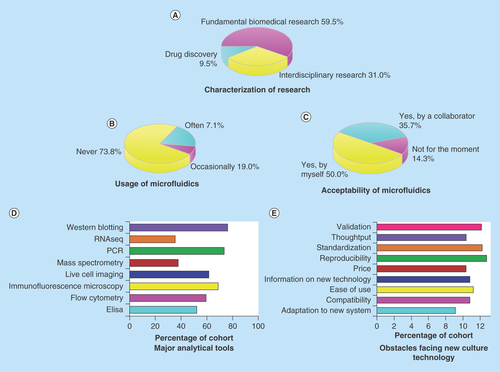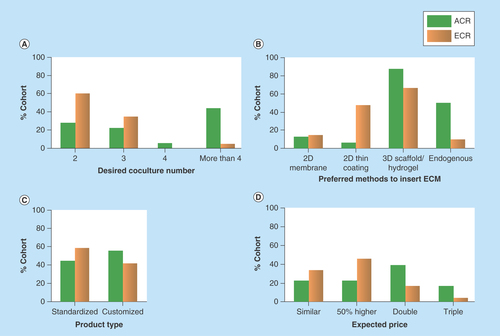Figures & data
Table 1. Functions of microenvironment cues and biomimetic examples in various 3D culture systems.
Table 2. Characteristics of commercially available 3D culture systems.
Table 3. Characteristics of microfluidic vasculature generation technologies.
Table 4. Principle, advantages and disadvantages of two vasculature generation strategies.

![Figure 2. Key microenvironment homeostasis and spatiotemporal dynamics that are desirable to be modeled in in vitro 3D culture systems.All microenvironment cues are dynamic, heterotypic and drivers of cell behavior and fate.ECM: extracellular matrix; GF: growth factor.Adapted from [Citation82,Citation83].](/cms/asset/83d31d4a-3366-4c84-b20c-7e67ca62cb54/ifso_a_12363959_f0002.jpg)


